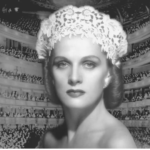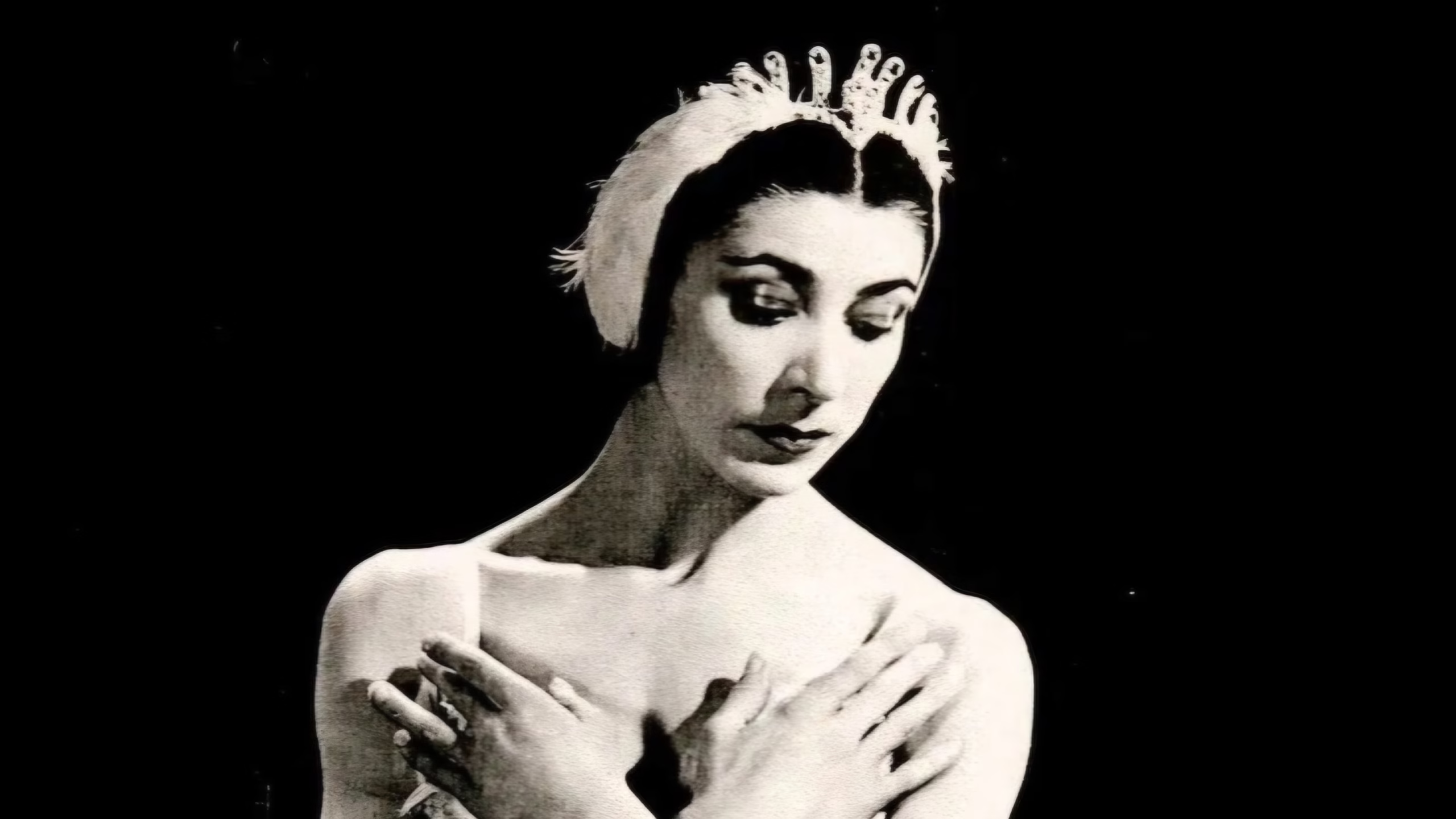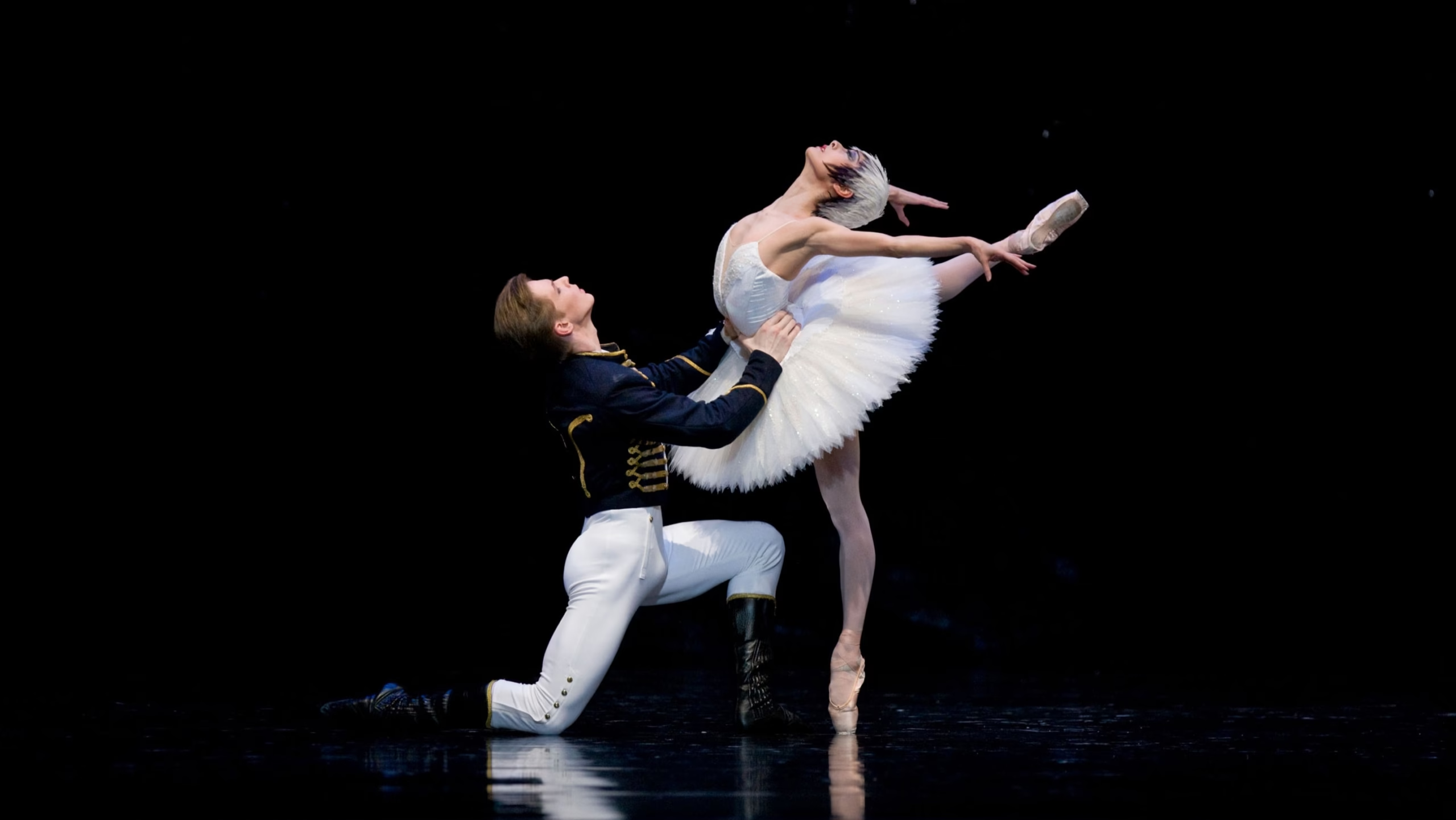In 1964, the performance event of Rudolf Nureyev and Margot Fonteyn in the ballet Giselle with The Australian Ballet marked a memorable milestone not only in the history of The Australian Ballet but also in the artistic relationship between the two. Known as a legendary pair on the stage, they connected not only through their steps but also through their hearts and souls. Their performance brought the Australian audience a unique artistic experience, where virtuosic technique combined with intense emotion created a beautiful portrait of love and sorrow.
Giselle – The Beginning of an Iconic Partnership

Giselle was the first ballet that Nureyev and Fonteyn performed together in 1962, marking the beginning of their legendary partnership. Despite their differences in age and background—Fonteyn being an established star and Nureyev a young defector from the Soviet Union—their chemistry on stage was undeniable. Their performance in Giselle showcased not only their individual talents but also their extraordinary ability to connect as dance partners, complementing and elevating each other’s artistry. It seems that they not only danced together but also connected on a deeper level, allowing their individual talents to converge and create something truly extraordinary.
Their collaboration in this production laid the foundation for a long and fruitful artistic relationship. Following Giselle, they went on to perform together in numerous other ballets, including Swan Lake, Romeo and Juliet, and Marguerite and Armand. Their partnership became one of the most celebrated in ballet history, captivating audiences worldwide.
A Performance for the Ages

Fonteyn and Nureyev’s rendition of Giselle was lauded for its emotional depth and technical mastery. Fonteyn’s portrayal of Giselle was delicate and heart-wrenching, embodying both innocence and tragic love. Nureyev, as Albrecht, brought a fiery passion to the role, his dynamic movements and expressive artistry adding a new dimension to the character.
One of the most unforgettable moments came at the final curtain call in Australia when Nureyev, in an unexpected and spontaneous gesture, knelt and kissed Fonteyn’s hand. This act of deep admiration and respect was not a planned part of their curtain calls but a genuine reflection of the profound bond between the two dancers. The audience responded with overwhelming applause, recognizing the significance of the moment and the artistic synergy that had unfolded before them.
The Cultural Significance
The impact of this performance extended far beyond that night in Australia. It solidified Nureyev and Fonteyn as the ultimate ballet partnership, proving that artistry could transcend age, background, and national borders. Nureyev, hailing from a Russian background, and Fonteyn, a symbol of Western ballet, came together to create a synthesis of artistic expression that resonated with audiences across the globe.
Moreover, their performance in Giselle marked the start of a transformative era in Australian ballet. At the time, The Australian Ballet was a young company, having been established only two years prior in 1962. Hosting two of the world’s greatest ballet stars was a significant milestone, elevating its status on the international stage.
Conclusion

The 1964 performance of Giselle with The Australian Ballet was more than just a historic event—it was a defining moment that elevated ballet in Australia to new heights. It introduced local audiences to an unparalleled level of artistry, leaving an indelible mark on the country’s ballet scene. The overwhelming success of the performance brought international attention to The Australian Ballet, cementing its reputation as a company capable of attracting world-class talent.
For Nureyev and Fonteyn, their collaboration in Giselle inspired a deeper appreciation for classical ballet in Australia, encouraging investment in the arts and nurturing future generations of dancers. Decades later, their legacy endures, a testament to the transcendent power of ballet to connect people across cultures and generations.








